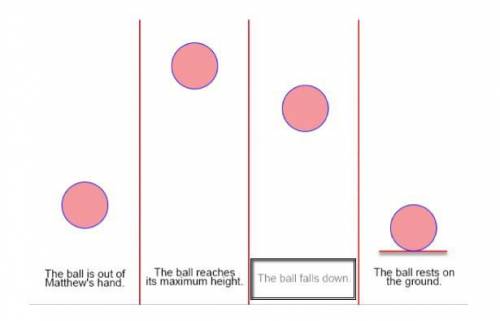

Answers: 1
Other questions on the subject: Physics

Physics, 21.06.2019 17:10, rebecca0022
Aspring with a mass of 2 kg has a damping constant 14 kg/s. a force of 3.6 n is required to keep the spring stretched 0.3 m beyond its natural length. the spring is stretched 0.6 m beyond its natural length and then released. find the position of the mass at any time t. (assume that movement to the right is the positive x-direction and the spring is attached to a wall at the left end.)
Answers: 3

Physics, 21.06.2019 22:30, mirellaenriquez5529
Follow these directions and answer the questions. 1. shine a pencil-thin beam of light on a mirror perpendicular to its surface. (if you don't have a laser light as suggested in the video, you can make a narrow beam from a flashlight by making a cone from black construction paper and taping it over the face of the flashlight.) how does the light reflect? how does the relationship of incident to reflected ray relate to the reflection of water waves moving perpendicular to a barrier? 2. shine a pencil-thin beam of light on a mirror standing on a sheet of paper on the table (or floor) so that you can mark the incident ray and reflected ray. (you can support the mirror from the back by taping it to a wooden block.) 3. mark a line on the paper representing the reflective surface. (the reflective surface of a mirror is usually the back edge.) 4. draw a dashed line perpendicular to the mirror surface at a point where the incident and reflected ray meet. this perpendicular is called a normal to the surface. 5. measure the angles between the rays and the normal. the angle of incidence is the angle formed by the incident ray and the normal to the surface. the angle formed by the reflected ray and normal is called the angle of reflection (r). what is the angle of incidence? what is the angle of reflection? 6. repeat for several different angles. (see report sheet for details.) what appears to be the relationship between the angle of incidence and angle of reflection? in science 1204, what was the relationship for these two angles made by the reflection of waves in a ripple tank? 7. roll a ball bearing so that it hits a fixed, hard surface (a metal plate) at several angles (including head-on). observe the way in which the ball bearing reflects. what generalization can you make about how a ball bearing reflects from a wall? have you proved that light can only behave like a wave?
Answers: 1

Physics, 22.06.2019 01:00, MoparorNocar061401
Complete the sentence to describe the law of conservation of energy. the law of conservation of energy states that energy cannot be created or , but it can be
Answers: 1
Do you know the correct answer?
Matthew throws a ball straight up into the air. It rises for a period of time and then begins to dro...
Questions in other subjects:










French, 05.09.2020 22:01







